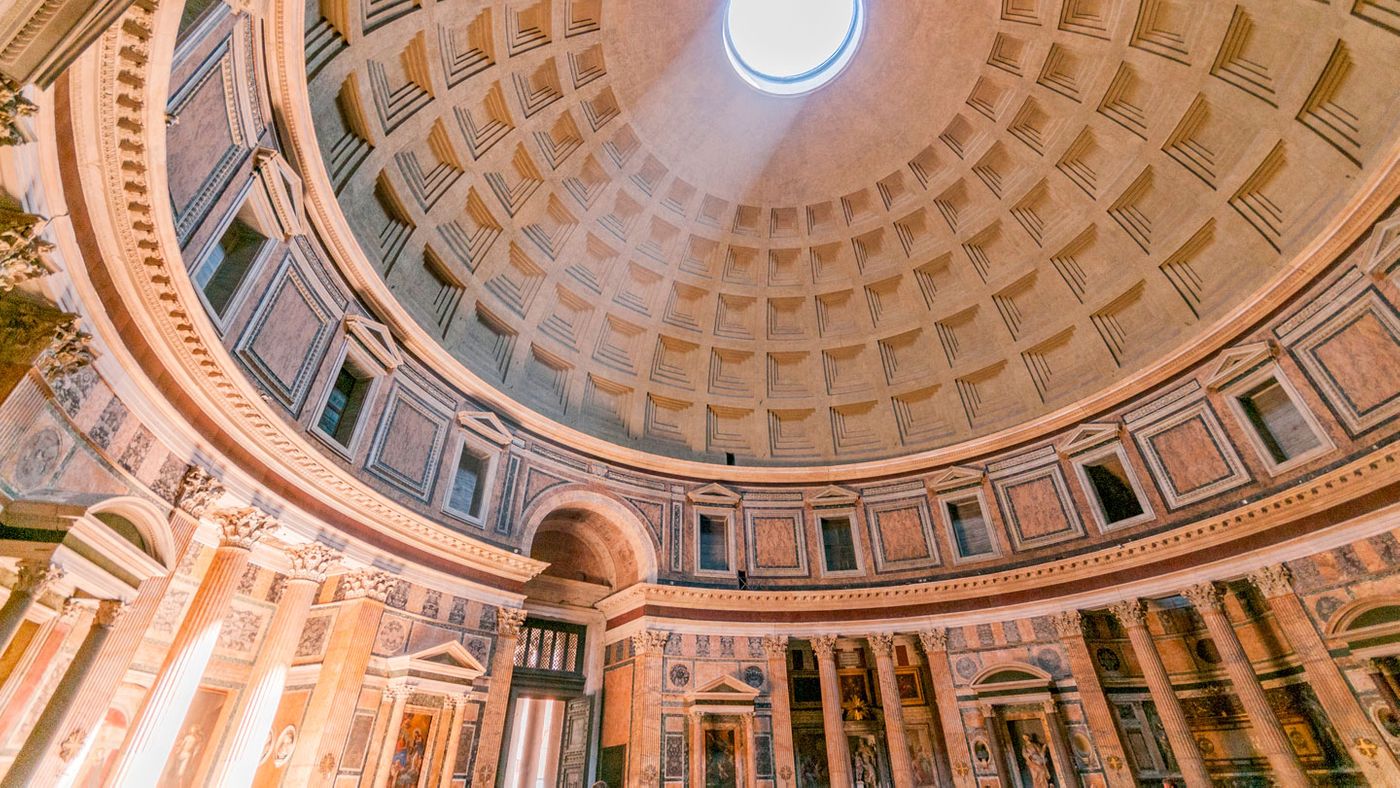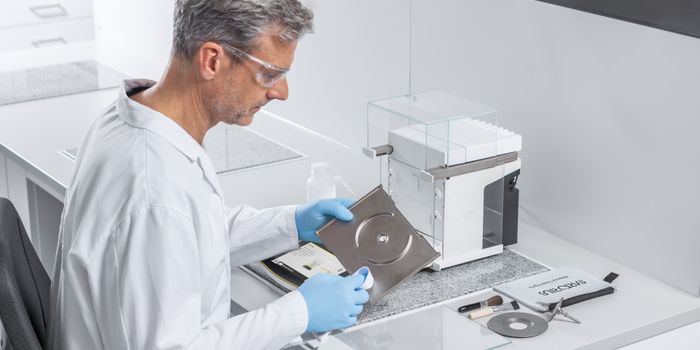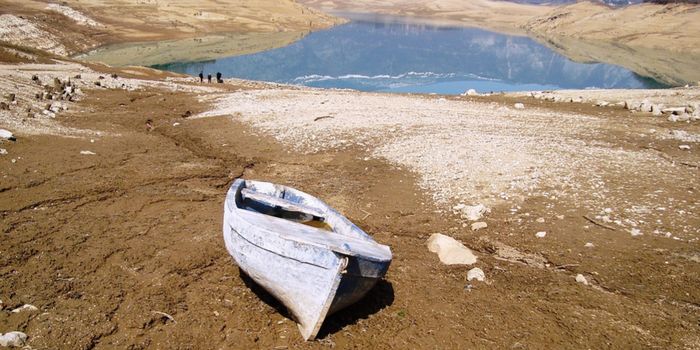Chemists Have Recreated Long-Lasting Roman Concrete
Chemists at the Massachusetts Institute of Technology wanted to understand why Roman-era concrete structures have been able to last the test of time, while modern-era concrete structures do not. The Pantheon has been standing for nearly 2,000 years while more modern concrete structures have much shorter lifespans of less than 150 years. They found that calcium-rich rocks embedded in the antiquity-era concrete material can heal cracks that may form naturally over time. A study outlining the team’s findings has recently been published in Science Advances.
To understand why these structures are so long-lasting, the scientists wanted to find a way to recreate the ancient Roman technique for making concrete, which is generally composed of a mix of cement, gravel, sand, and water. The believed the key to replication was a process called “hot mixing.” In this process, dry granules of calcium oxide – or quicklime – are mixed with volcanic ash to make the cement, and then water is added. They hypothesized that this process would produce a cement which was not completely smooth and mixed, but was also composed of small calcium-rich rocks, called inclusions, which are seen throughout Roman-era concrete buildings.
The team also believed that these little rocks were why the structures have been able to stand for so long. Thus, they completed a chemical analysis of the inclusions that were embedded in the walls at the archeological site of Privernum in Italy. The study revealed that the inclusions were calcium-rich. Perhaps the inclusions might help the buildings heal themselves from cracks, which could occur due to weather or earthquakes. The calcium in the inclusions could dissolve and seep into any cracks that formed, then re-crystallize, filling the cracks and fixing the building.
The team consulted many texts by Roman architect Vitruvius and historian Pliny, which provided some clues on how to proceed and cited very strict specifications for the raw materials that were required. Then, they got to work replicating the Roman-era cement to test their theory about the inclusions.
The scientists created concrete with and without the hot mixing process, and then tested both samples under the same conditions. The blocks of concrete were broken in half, and then water was trickled through the cracks. What the team observed was astonishing! The blocks created through the hot mixing process healed within two to three weeks, whereas the traditional concrete never healed.
The secrets of Roman-era concrete discovered by these chemists may benefit the planet! As noted earlier, Roman-era structures have extremely long lifetimes, while modern-era structures do not. In addition, modern structures also make use of steel reinforcement bars, which is another drain on our resources. Since modern structures break down over shorter timescales, they need to be replaced more frequently, increasing greenhouse gas emissions. Thus, longer-lasting versions of concrete could reduce greenhouse gases, decreasing our carbon footprint. Despite the aforementioned benefits, the concrete industry is reluctant to change. To combat this reluctance, the research team have created a startup called DMAT to commercially produced the Roman-era hot-mixed concrete.
Source: Science News









